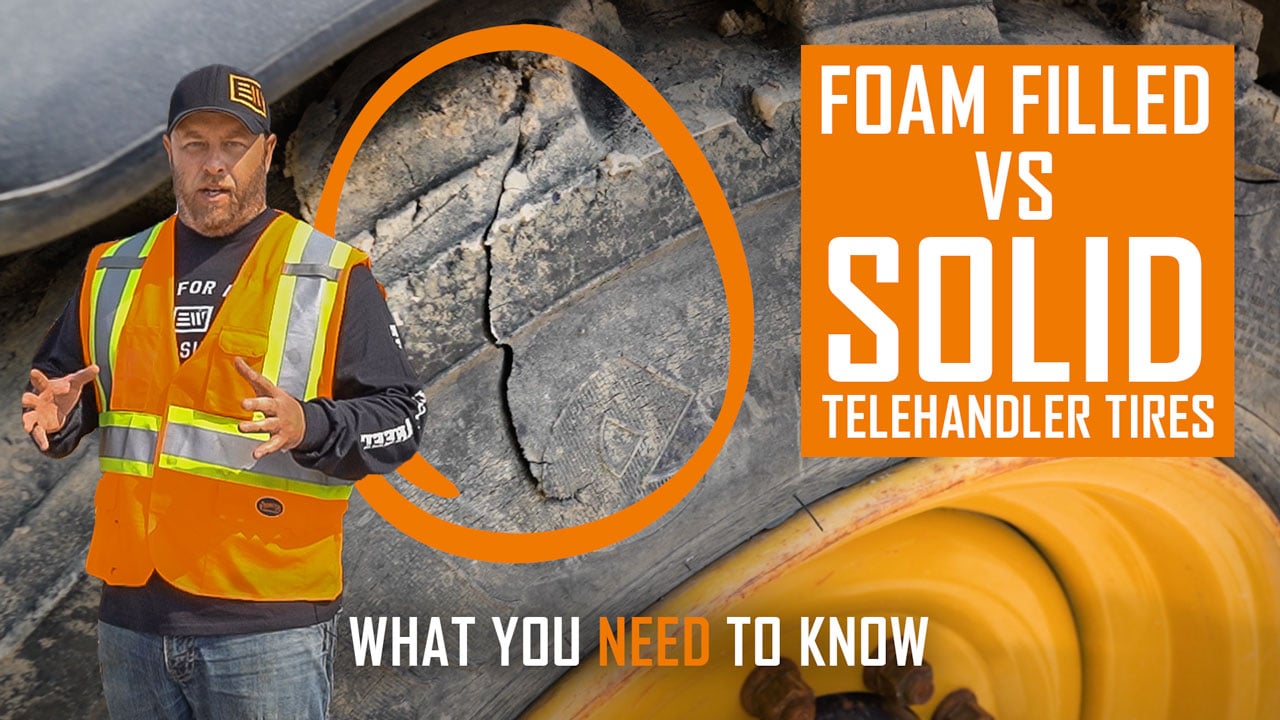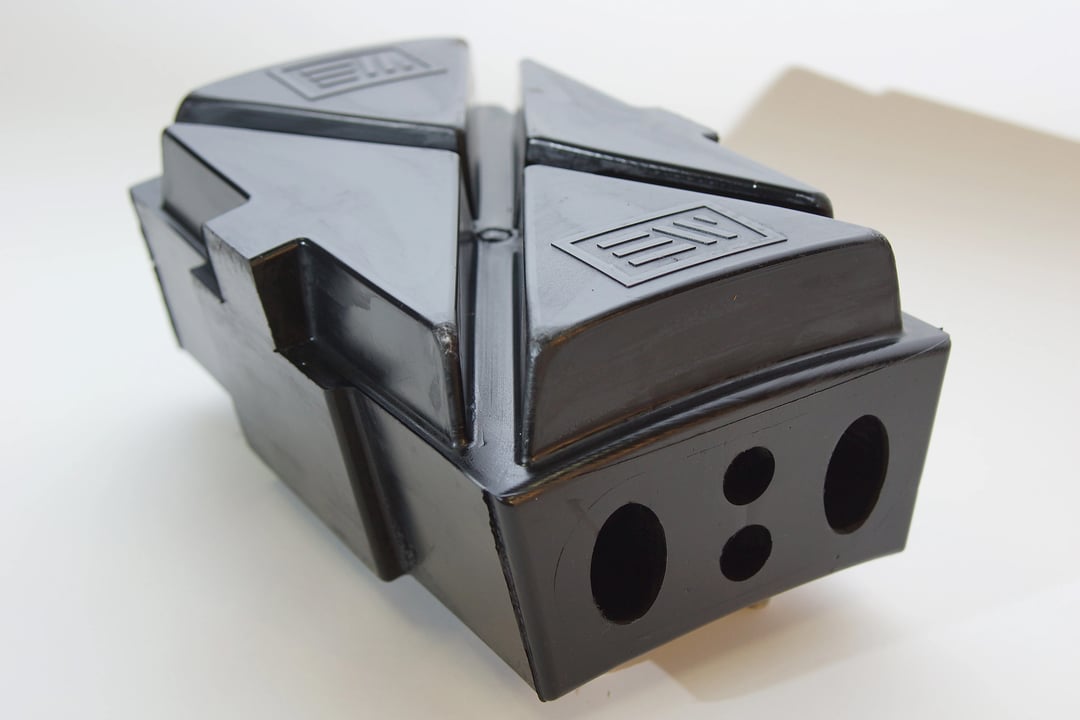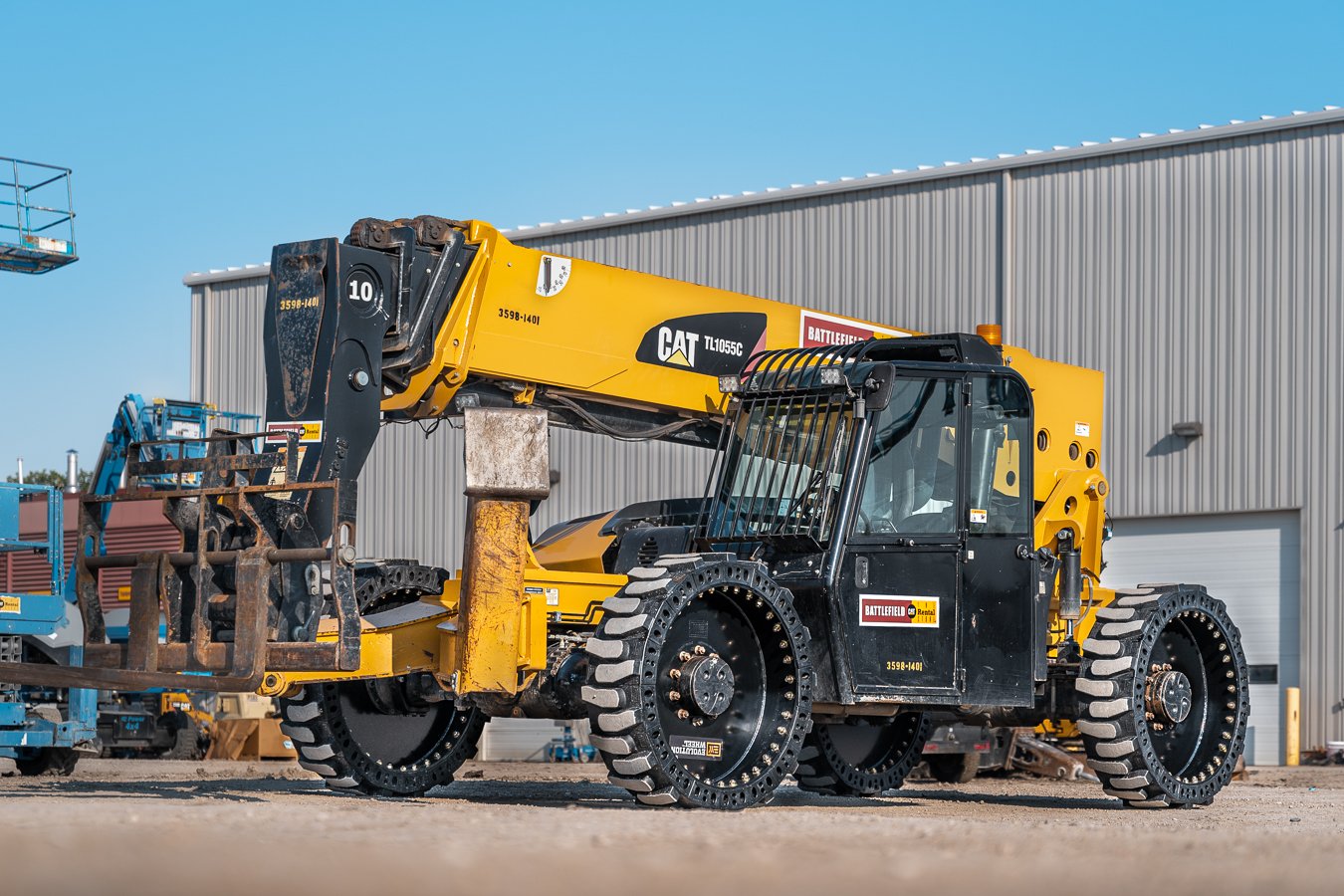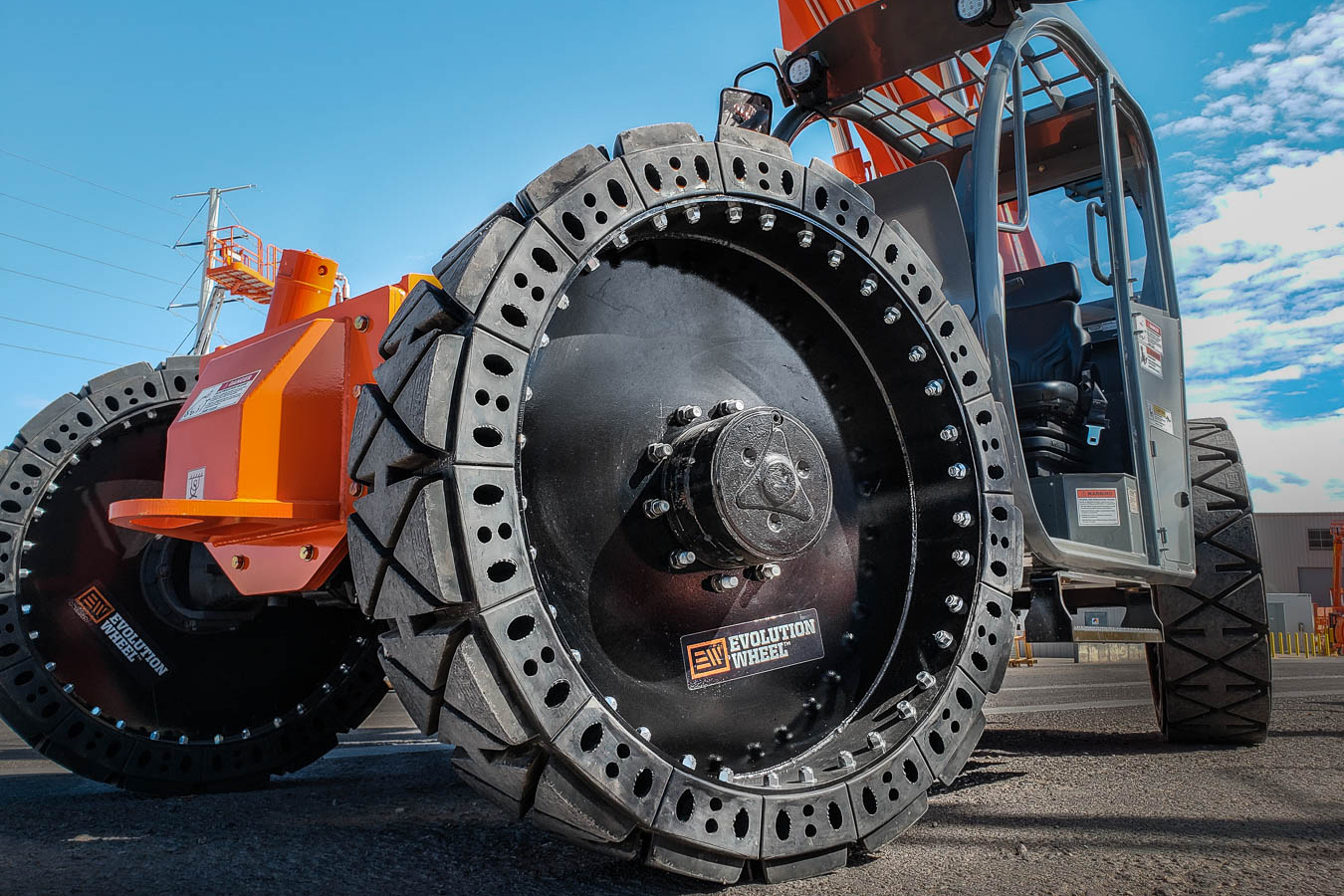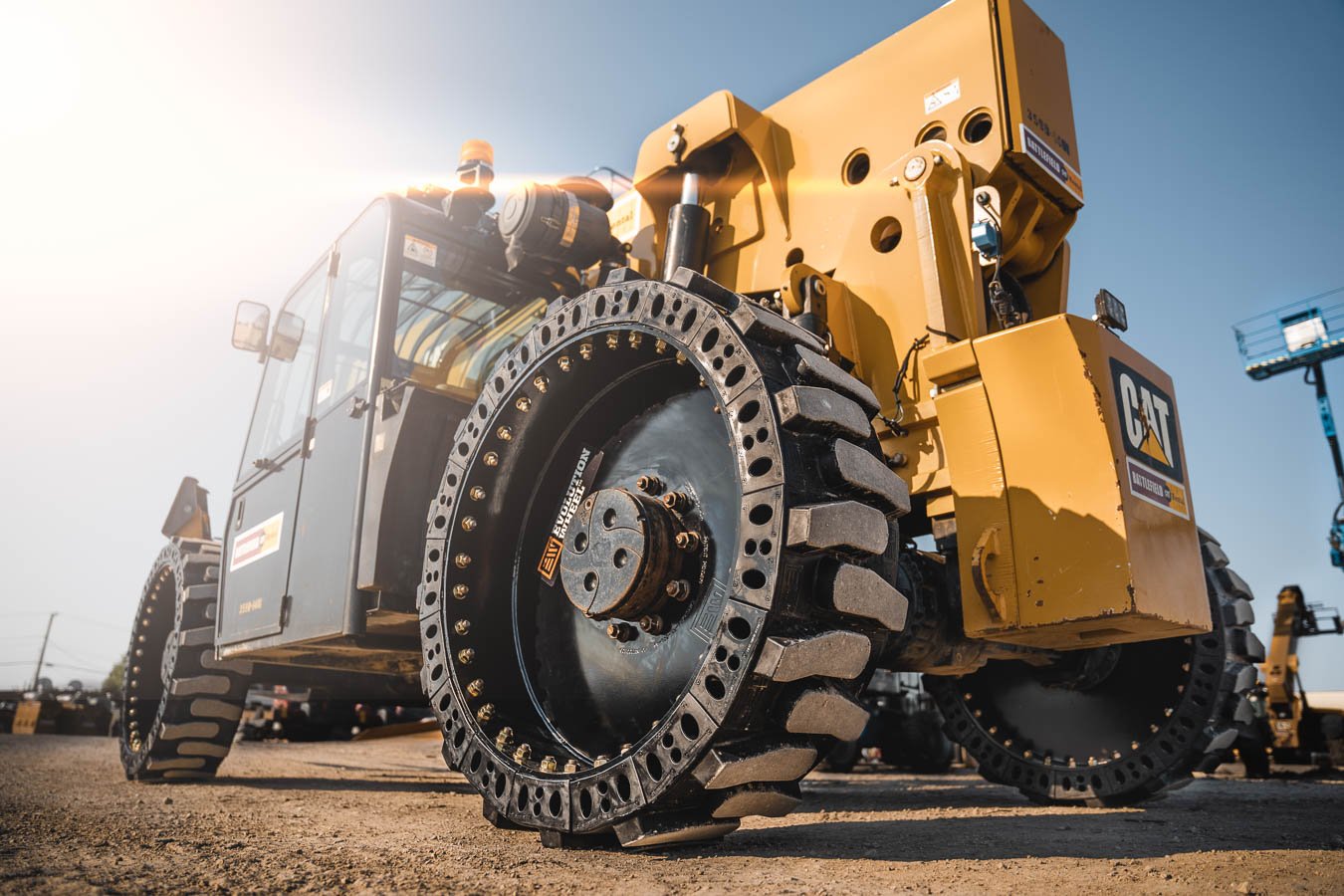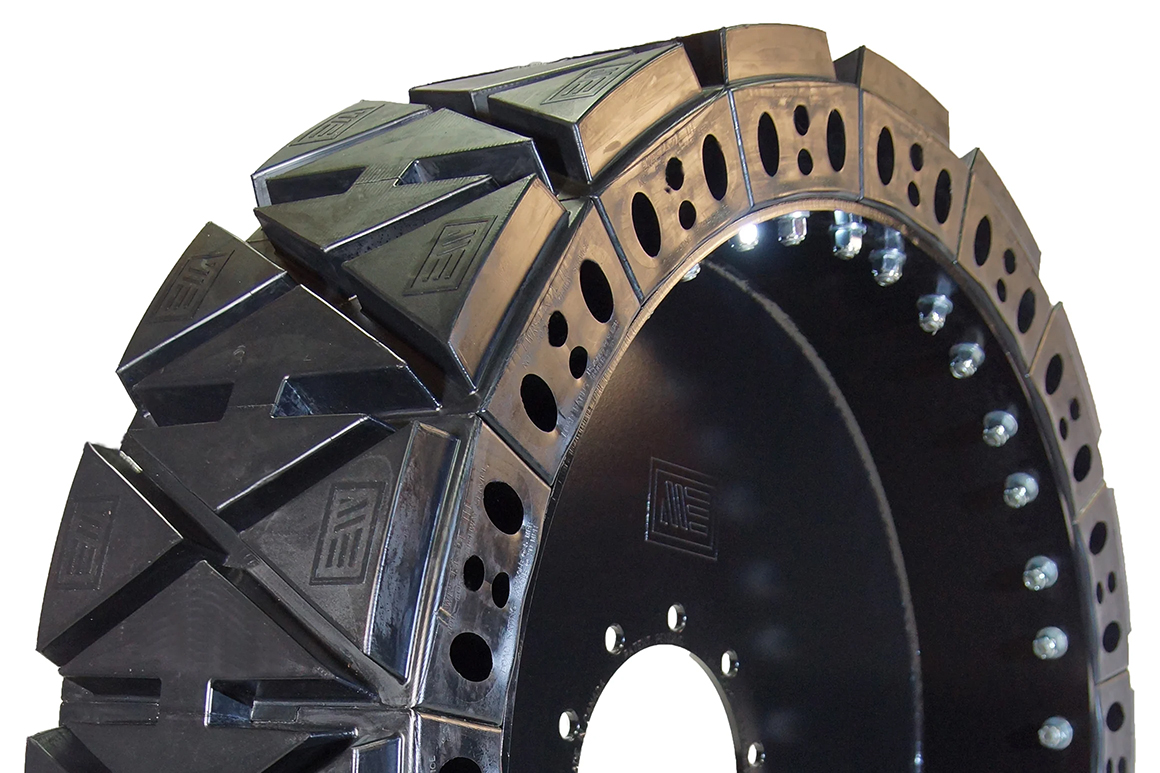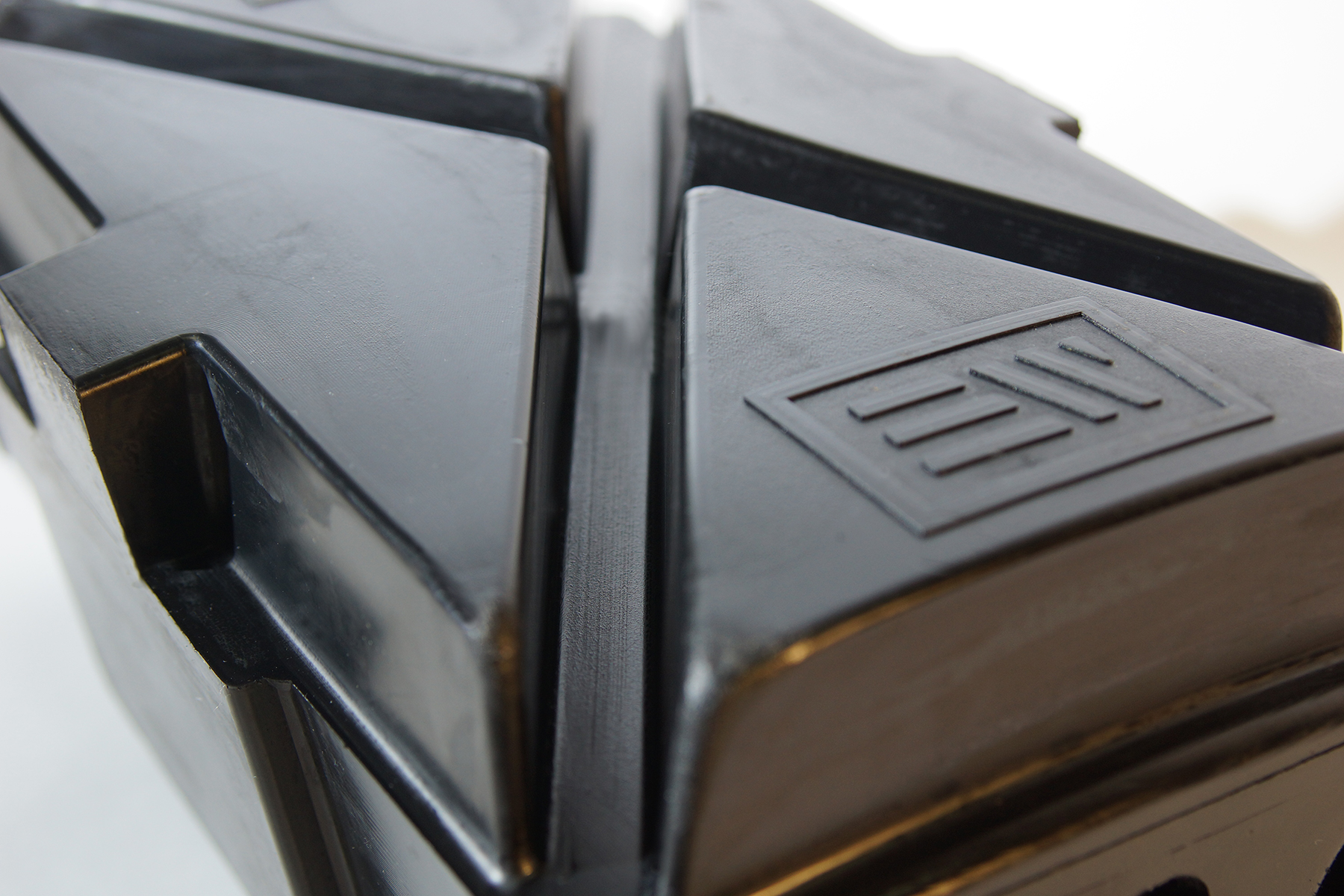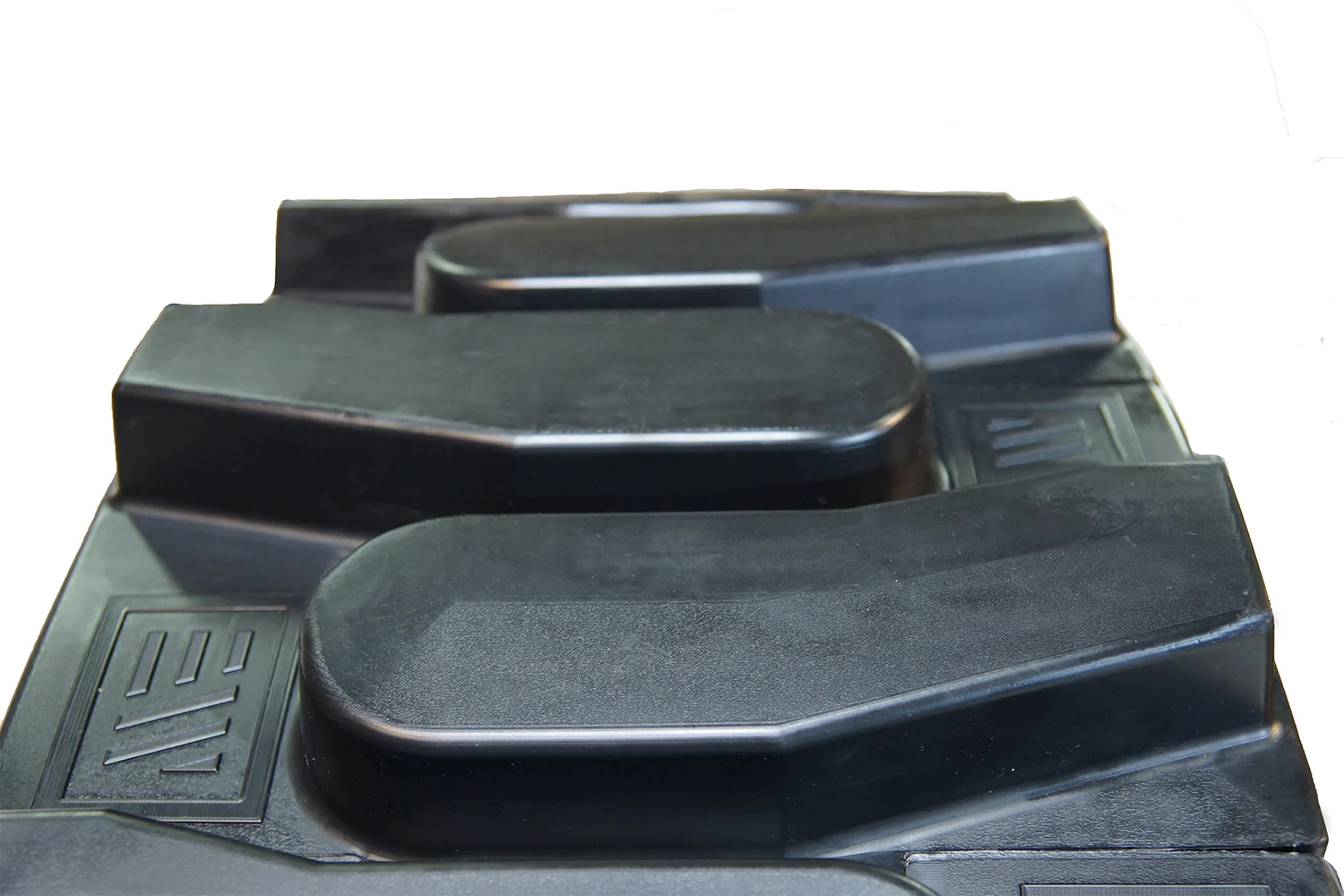The Best Tire for Your JCB Telehandler
When looking for the best telehandler tire for your JCB, there are a few things you should look for. Cost-effectiveness, safety, and performance.
Telehandler Tire Types
The cost of a tire is not limited to the initial sales price. It also includes how long they last, damage resistance, and how much downtime they create. The most cost-effective type of tire on the market is solid tires. These tires are often more expensive upfront however they eliminate downtime and last much longer.
Pneumatic Telehandler Tires
Though pneumatic telehandler tires are the cheapest tire upfront, they aren't suitable for most applications. A punctured telehandler tire can be dangerous when carrying a load. In applications with debris and sharp objects around, pneumatics can be dangerous for your JCB telehandler.
Foam-Filled Telehandler Tires
A foam-filled tire is much safer in these applications as they are puncture proof. Operators don't have to worry about puncturing a tire as they drive over sharp objects on the ground. This also allows them to last much longer as well as reduces operating costs. Foam-filled tires aren't completely damage-proof, though. They can develop side wall damage that if severe enough, will cause the foam to squeeze out. The hobbled tire then creates an unstable ride that can be dangerous when carrying heavy loads.
If the tire is damaged or worn, the rubber and foam need to be cut off the rim. This process is both expensive and time-consuming. This cost and downtime need to be considered when determining the operation cost when working with these tires.
Solid Telehandler Tires
Solid telehandler tires are becoming more and more popular on JCB telehandlers because they don't have the same risks as pneumatic or foam-filled tires. These tires consist of rubber, with some apertures that allow for compression. Though they cost more upfront they last much longer making them more cost-effective in the long run.
The EWRS-TH Series
The solid telehandler tire from Evolution Wheel is a great example of a tire built to last longer and perform better than any of the competition. On top of the benefits of being a solid tire, these tires are segmented to be easily serviceable. They also feature a linear load profile as well as specially designed tread patterns.
The Segmented Design
The segmented design featured on the EWRS-TH Series solid telehandler tires allows operators to service the tire. If a rubber segment is damaged, operators can swap out damaged segments instead of changing the entire tire. Eliminating unnecessary downtime and repair costs. When the tread is completely worn, a retread kit is available. Operators can change the rubber themselves without special equipment, technicians, or the need to remove the rim.
Linear Load Profile
The linear load profile is designed to give operators the ability to predict exactly how the tire will compress under a load. The tire compresses at a consistent rate for every pound of weight added to a load. The operator can predict how the tire will behave under a load, helping with tire stability and performance. Foam-filled telehandler tires often buckle when a load gets too heavy resulting in premature damage. With a linear load profile, this isn't an issue.
Specialized Tread Design
The EWRS-TH Series has two tread designs, the traditional all-terrain version, and the hard surface tread pattern. The hard surface tread pattern is designed with a large footprint lengthening the wear life of the rubber. Hard surfaces don’t require the same amount of traction as off-road applications. Increasing the surface area and decreasing the void space allows the tire to last longer. The all-terrain tread is designed to maximize traction making it ideal for muddy conditions.
Even though solid tires are more expensive up front, the cost-effectiveness, safety, and reliability they provide far exceed the competition making them an ideal option for all operators.
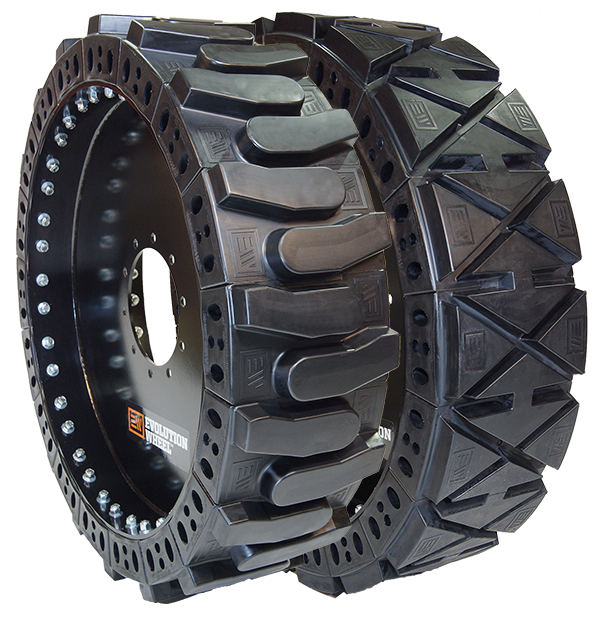

Related Pages
If this page was informative, check these out:

